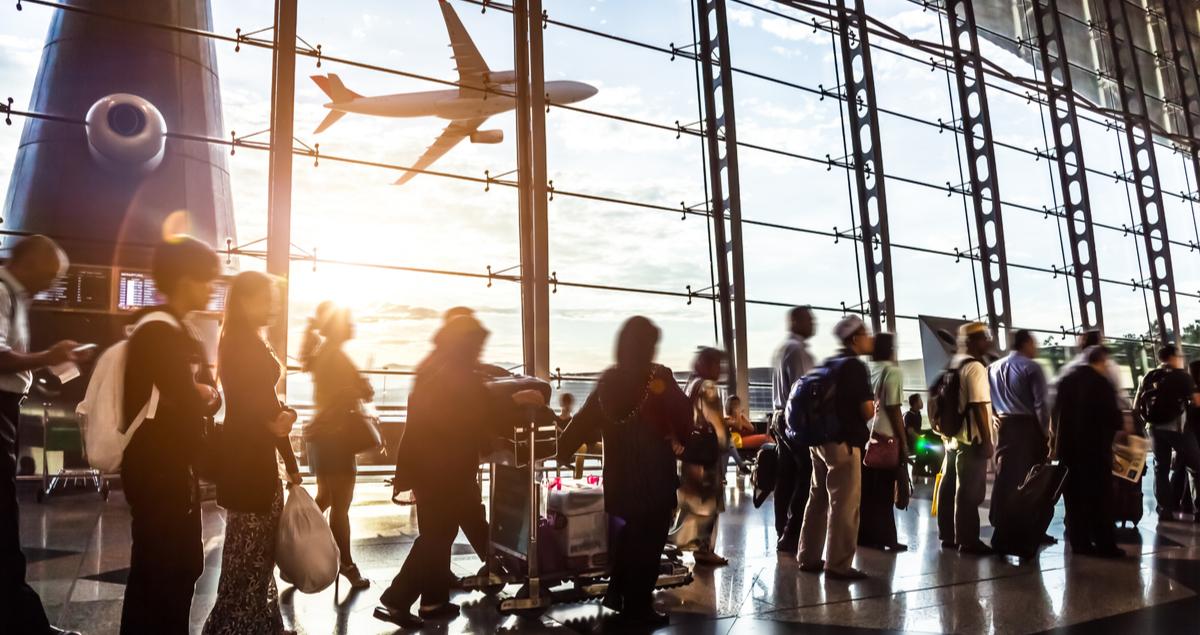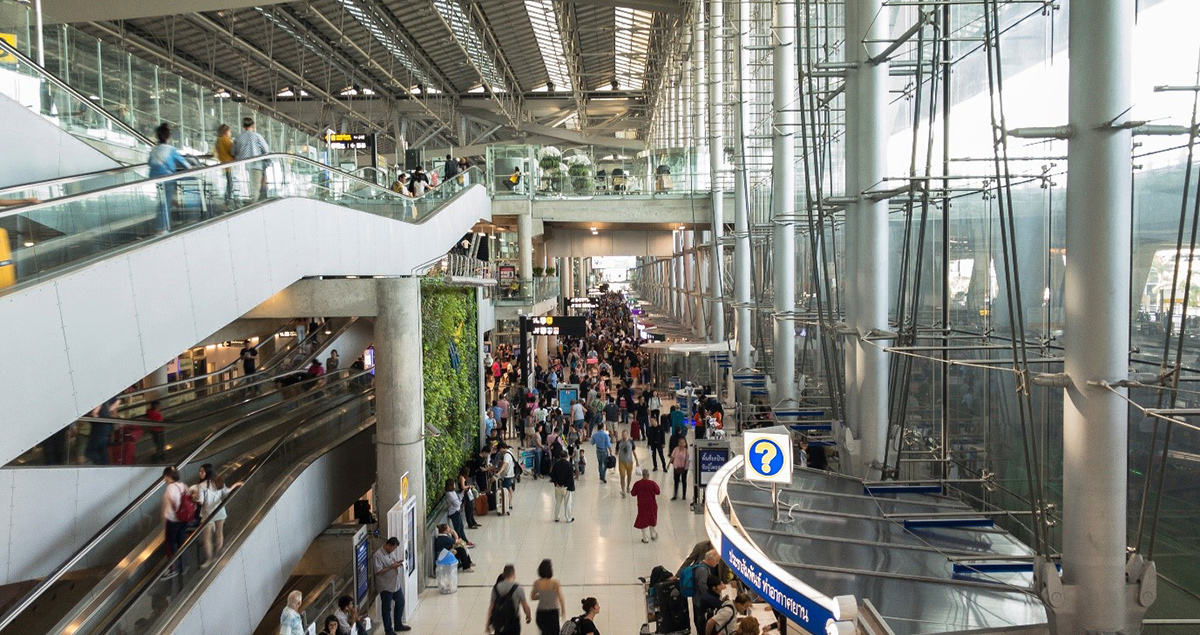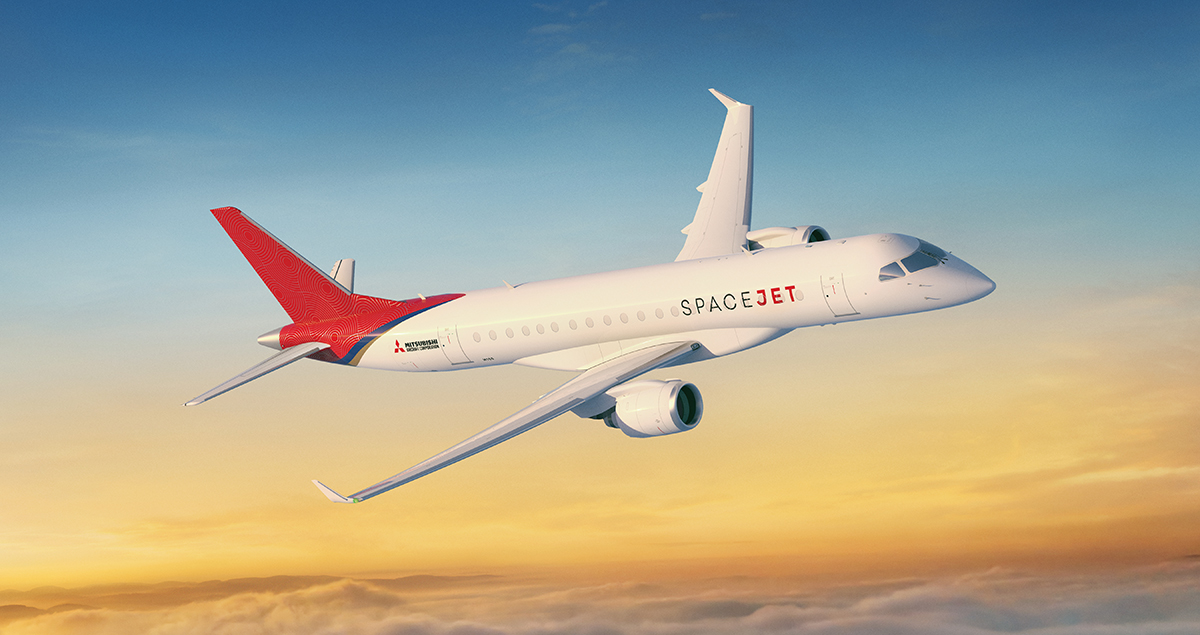A new standard of regional air travel

Index
Q&A with Alex Bellamy, Mitsubishi Aircraft’s Chief Development Officer
The rise of regional jets in the 1990s redefined the airline sector, linking small or remote communities to each other and to the global aviation network. While long-haul flights have seen investment in developing a better passenger experience, regional travel has been playing catch-up.
As consumers around the world increasingly rely on regional routes, the airline industry is challenged with servicing growing demand, while at the same time meeting growing passenger expectations of a better flying experience and more environmentally friendly aircraft.
It’s a critical moment for aviation companies, argues Alex Bellamy, Chief Development Officer at Mitsubishi Aircraft Corporation, one that requires airlines to seize the opportunity, reimagine the future and innovate in a few key areas.
Here are more insights into the direction regional aviation should be taking.
Q. Why is regional air travel growing?
Air travel has made the world a smaller place, and as economies grow so air travel is set to expand. Aviation industry body IATA expects 8.2 billion passengers to take to the skies in 2037 – doubling today’s numbers.
And while many may think of intercontinental flights, regional air traffic is a major contributor to this increase. Regional airlines provide a vital link, offering critical domestic and regional connections, or connecting people living in smaller cities to the broader world.
In the United States, more than 40% of domestic flights serve regional routes. According to the Regional Airline Association, there are nearly 600 small community airports in the U.S., generating $134 billion a year in economic activity for those communities.
In Asia, economic growth and rising incomes are fueling unparalleled growth in regional aviation. In fact, the world’s 10 busiest airline routes in 2018 were domestic and regional flights that took off and landed in the Asia-Pacific. Top ranked was the route from Seoul to the Korean holiday island of Jeju, followed by Melbourne to Sidney in Australia, and Sapporo to Tokyo, Japan.

Q. What is the aviation industry doing to make the most of the regional opportunity?
To tell the truth, very little.
Yes, the aviation industry is keen to meet growing global demand with more advanced planes and new options that deliver a great travel experience, upgrading cabins, terminals, in-flight entertainment and other amenities.
The problem is that the focus over the last 15 years has been on the larger end of the market, while regional air travel has been left behind. And that has created a vicious circle: passengers dread flying in often outdated aircraft with uncomfortable, cramped seats. Regional airlines also struggle to turn a profit on these routes because they cannot deliver the value needed with the aircraft available.
Nobody wins, and solutions have been in short supply. The airframes typically used in regional travel – less than 100 seats – simply aren’t meeting current needs, never mind being ‘future-proof.’ There is little to no innovation. Most are evolutions from previous generations of the same aircraft.
Not only is that unacceptable for airlines and their passengers, it runs counter to where the market is going.
The challenge is for suppliers to produce more sophisticated planes, more quickly and at a lower cost, all while keeping the passengers’ needs at the heart of the design process. This is no mean feat.
Q. What can regional airlines and their suppliers do to turn their fortunes around?
The first step is improving the performance of regional aircraft, which largely comes down to more efficient fuel usage.
Fuel is a large part of the operating costs of an aircraft, and it also ties directly to emissions. Not only does the industry have a responsibility to use latest technology and innovation to lower fuel consumption – it directly benefits aircraft operators’ bottom line.
Take the Mitsubishi SpaceJet. The aircraft is the first to use geared turbofan engines from Pratt & Whitney, a technology developed over a 20-year period which promises to be more fuel-efficient and cleaner than existing aircraft engines. Adding to this are improved aerodynamics and wing design, giving SpaceJet the lowest fuel burn in its class.
As a by-product of its engines and overall design, the aircraft will also be quieter and require less maintenance – the latter making up for another big chunk of operating costs.
Second, there is cabin design – arguably the aspect with the most impact on passengers, other than the ticket price. People often find that, coming off a long-haul jumbo jet, they are asked to check in their roller bags as the regional aircraft has more limited overhead storage. SpaceJet gave us the opportunity to address this ‘pet hate’ by designing larger luggage compartments that can easily take roller bags.
Needless to say, giving the passengers themselves more leg room and seating space for their journey is a priority, as is the same comfort and in-flight entertainment options that a modern wide-bodied airliner offers.

Q. How does this approach ready the regional airline industry for the future?
Airlines have always faced a trade-off between economics – cramming as many people as possible onto a plane to get the biggest returns – and the customer experience. Our example shows that this is no longer necessary if you are willing to commit to a completely new aircraft design – rather than variations of the same old airframes.
Better fuel and operational economics mean that turning your attention to the needs of the passengers isn’t a compromise that will affect your bottom line. Quite the opposite – it can open new opportunities for add-on services, not least connectivity.
This will be particularly important for millennials and subsequent generations, who will expose the sector to a different set of expectations. For example, airlines will need to cater to the need to stay connected while aboard, and the ability to work or stream your favorite programs. To date, this has been technically difficult, but new technology will enable the industry to catch up.
Let’s be clear – the industry needs more than just new jets. It needs a new future. Now is the time for smaller, regional jets to prioritize innovation.
Much like the Japanese philosophy of Kaizen, this future will be one of constant learning and adaptation. And it goes without saying that all the changes should take into account the needs and preferences of passengers.





